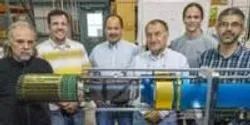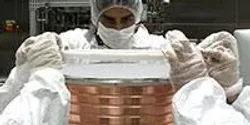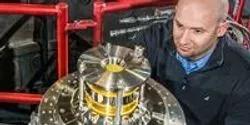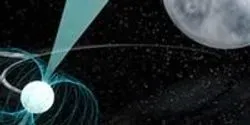Physics
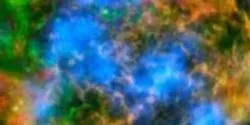
For the first time, an international team of astrophysicists, including Lawrence Livermore National Laboratory scientists, have unraveled how stars blow up in supernova explosions.
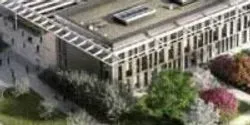
Lawrence Livermore National Laboratory (LLNL) has awarded a major subcontract to FEMTOLASERS Produktions GmbH (based in Vienna, Austria) as part of the construction of a revolutionary high-power laser system for the European ELI-Beamlines science facility in the Czech Republic.

Sandia National Laboratories is developing computer models that show how radioactive waste interacts with soil and sediments, shedding light on waste disposal and how to keep contamination away from drinking water.

Researchers at New York University have developed a method for creating and directing fast moving waves in magnetic fields that have the potential to enhance communication and information processing in computer chips and other consumer products.

Heralding a new age of terrific timekeeping, a research group led by a National Institute of Standards and Technology (NIST) physicist has unveiled an experimental strontium atomic clock that has set new world records for both precision and stability—key metrics for the performance of a clock.



